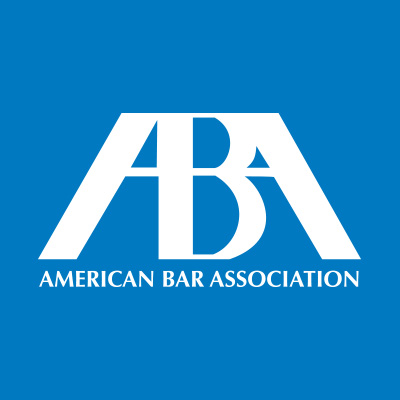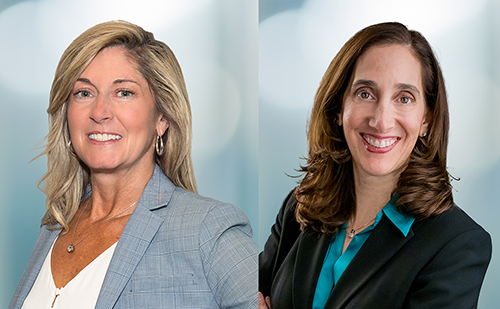Proposed changes to ABA model rules on advertising are a 'philosophical shift'

The ABA Standing Committee on Ethics and Professional Responsibility released proposed changes (PDF) to the ABA Model Rules of Professional Conduct focusing on false and misleading communications and solicitations.
The proposed changes are a “significant philosophical shift,” says Dennis Rendleman, the ethics counsel to the standing committee, which will bring the “model rules into the 21st century.”
Springing from the 2015 (PDF) and 2016 (PDF) reports from the Association of Professional Responsibility Lawyers, which called for a modernization to the rules, the changes are meant to improve how lawyers communicate to legal service consumers.
“In the past, all the rules relating to advertising have been prohibitory,” Rendleman says. The last half-century has seen the easing of solicitation prohibitions for lawyers, starting with Bates v. State Bar of Arizona, a U.S. Supreme Court case that allowed non-misleading lawyer advertising under the First Amendment.
Without these changes, states had been creating their own rules, Rendleman says. The Model Rules “were no longer really a model because so many states had gone their own way in adopting their own rules on advertising,” he explains. With these proposed changes, he believes that the model rules regain their intended utility.
According to an ABA press release, the Model Rules with proposed amendments are:
-
• Rule 1.0: Terminology
• Rule 7.1: Communication Concerning a Lawyer’s Services
• Rule 7.2: Advertising
• Rule 7.3: Direct Contact with Prospective Clients
• Rule 7.4: Communication of Fields of Practice & Specialization
• Rule 7.5: Firm Names & Letterhead
The ABA Standing Committee on Ethics and Professional Responsibility will host a forum on the proposed changes at the ABA Midyear Meeting on Feb. 2 in Vancouver, Canada. The committee will also accept written comments before March 1 through [email protected].



